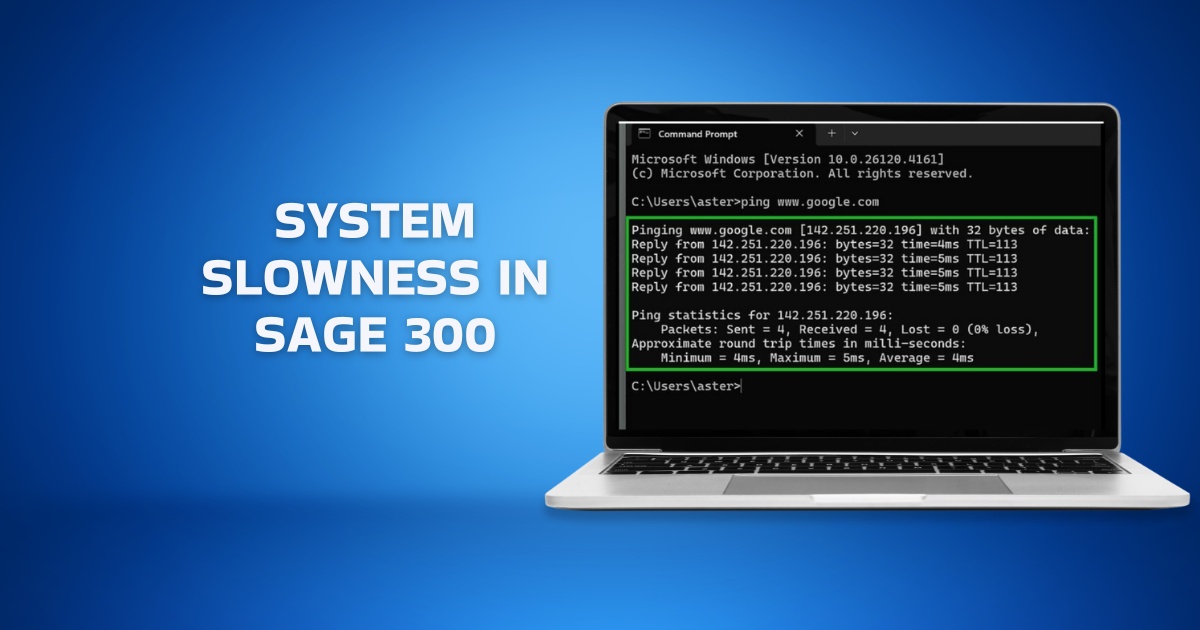What is Dead Stock?
Dead stock refers to inventory items that remain unsold for a long period, and the chances of selling them in future at their original market price are low. Inventory classified as dead stock is outdated, expired, defective, or damaged items, silently draining the profit margins of the business.
Dead stock is common in sectors like electronics, where customer preferences and trends change, making the inventory obsolete quickly. Also, when products have a limited shelf life, such as in the food and pharma industries, the inventory can soon turn into dead stock if not sold before expiry.
How Dead Stock Affects Business?
Dead stock is often the result of ineffective inventory management, resulting in cash flow problems. Businesses must do their best to reduce dead stock and efficiently manage inventory using technology like ERP software to minimize the occurrence of dead stock.
Here’s how dead stock impacts business:
- Affects financial health by tying up excessive cash in inventory
- Consumes warehouse space unnecessarily, increasing holding costs
- Makes it complicated to manage the overall inventory, as more sorting effort and staff are needed
- Inventory value depreciates over time, reducing the current assets of the company
- Loss of opportunity: capital and space could have been diverted to profitable products and projects.
A real-life example is the recent scenario in the automobile industry. As reported in Autocar Professional, the inventory pile-up of car dealers has risen to 52-53 days against the recommended limit of 21 days. Cars are high-value, high-volume items, and if left unsold for an extended duration, they risk becoming dead stock, highlighting how important it is to manage inventory well.
It is important to note that whether it is raw material, WIP inventory, or finished goods, dead stock can be found anywhere. Therefore, businesses must make constant efforts to streamline inventory management and prevent inventory from becoming dead stock.
Why Does Dead Stock Occur? Common Causes
There are several reasons for the increase in dead stock inventory. Let’s explore some of the common reasons below.
→Weak Sales
Extended periods of poor sales lead to inventory buildup throughout dispatch, production and raw material warehouses. And some of that excess stock is very likely to become dead stock.
→Incorrect Demand Forecasting
Overestimation of demand happens due to a lack of centralized inventory management software, leading to unreliable historical sales data. Misleading market trends and customer demand are other factors affecting forecasting accuracy.
→Surplus Inventory
Other situations that lead to dead stock inventory are outdated seasonal items, expired raw materials, damaged and defective items, bulk purchases, and order cancellations. Backorders can also potentially overestimate demand, accumulating dead stock.
→Unstable Ordering Pattern
Infrequent ordering often leads to dead stock, especially when bulk orders are placed after long durations, which tend to exceed actual demand. It also impacts the relationship with vendors due to order uncertainty.
→Poor Inventory Tracking
If a manufacturing firm is not in the habit of tracking key inventory KPIs, it cannot be sure of its inventory performance. Inventory data scattered across different tools limits their ability to get a holistic view of inventory.
How To Reduce Dead Stock Inventory
There are various ways in which a company can reduce its existing dead stock liability.
- Get rid of dead stock by selling at a discounted price, or stock clearance sales
- Bundle dead stock with other fast-selling items
- Explore alternate markets, such as exports
- Return goods to suppliers
- Dismantle the product and reuse the useful parts
- Sell it off to scrap dealers
Managing Dead Stock With ERP Software
Dead stock items can be managed through the implementation of ERP, allowing companies to follow the best inventory management practices and strategies. These solutions centralize inventory data across the business and help to track key inventory metrics with ease. Let’s explore how ERP software plays a transformational role in dead stock inventory management.
• Centralize Inventory
ERP solution offers comprehensive visibility into inventory by tracking and monitoring stock levels, and knowing how much inventory exists across locations and warehouses. This allows businesses to take informed and timely decisions.
• Automated Workflows
ERP-enabled workflow automation, such as the auto-generation of purchase orders, setting stock level alerts, and implementing a perpetual inventory system, are all techniques that significantly reduce the chances of dead stock.
• Opportunity Cost Management
Analyze stock data via the ERP system to identify underperforming items and focus more on fast-moving items, or pursue those projects that have the potential to generate more profits for the company.
• Audit Stock Data
Periodic inventory audits ensure that the actual stock count matches the digital records within the ERP software, enabling managers to identify errors and improve their inventory strategy.
• Accurate Demand Forecasting
Predict future demand for goods by analyzing historical sales data and trends using the advanced analytical capabilities of the ERP system, which can easily process extensive data sets from multiple sources.
• Implement Material Control Techniques
Multiple material control techniques, such as ABC analysis, VED analysis and economic order quantity, aimed at controlling material costs and avoiding overstocking, can be easily implemented via ERP.
• Analyze Product Lifecycle
Tracking the product lifecycle using an ERP system allows product managers to exit at the right time and focus on new high-demand products, thereby avoiding dead stock.
• Sales Data Integration
ERP system connects inventory data with sales orders, enabling companies to serve customers better and only purchase products based on actual demand. It even helps in managing product recalls effectively.
• Stock Metrics & Reports
Industry-leading ERP systems, such as Sage X3, have advanced analytical capabilities that enable businesses to track inventory performance using key stock metrics, including the inventory turnover ratio, Days Sales of Inventory(DSI), generate user-friendly reports and take faster decisions.
Conclusion
Dead stock is unsold inventory that takes valuable warehouse space and increases storage costs. Companies must avoid dead stock by implementing best inventory management practices to efficiently manage space and improve their cash flow.
Sage X3 is a scalable ERP software with comprehensive ability to manage inventory throughout the supply chain. By providing real-time visibility into stock levels and automating workflows, it allows companies to manage dead stock and simplify inventory management.
What is Dead Stock FAQs
1. What Is The Meaning of Dead Stock?
Dead stock means slow-moving inventory items that remain unsold for an extended duration, usually more than a year, and are unlikely to be sold in the future.
2. What Is An Example Of Dead Stock?
Examples of dead stock include items that are no longer in demand, such as outdated mobile phones, expired medicine and food stock, defective product batches, and damaged items returned by customers.
3. Can I Sell Dead Stock?
Yes, dead stock can be sold at a discounted price, bundled with other items, dismantled and reused, or sold as scrap.






